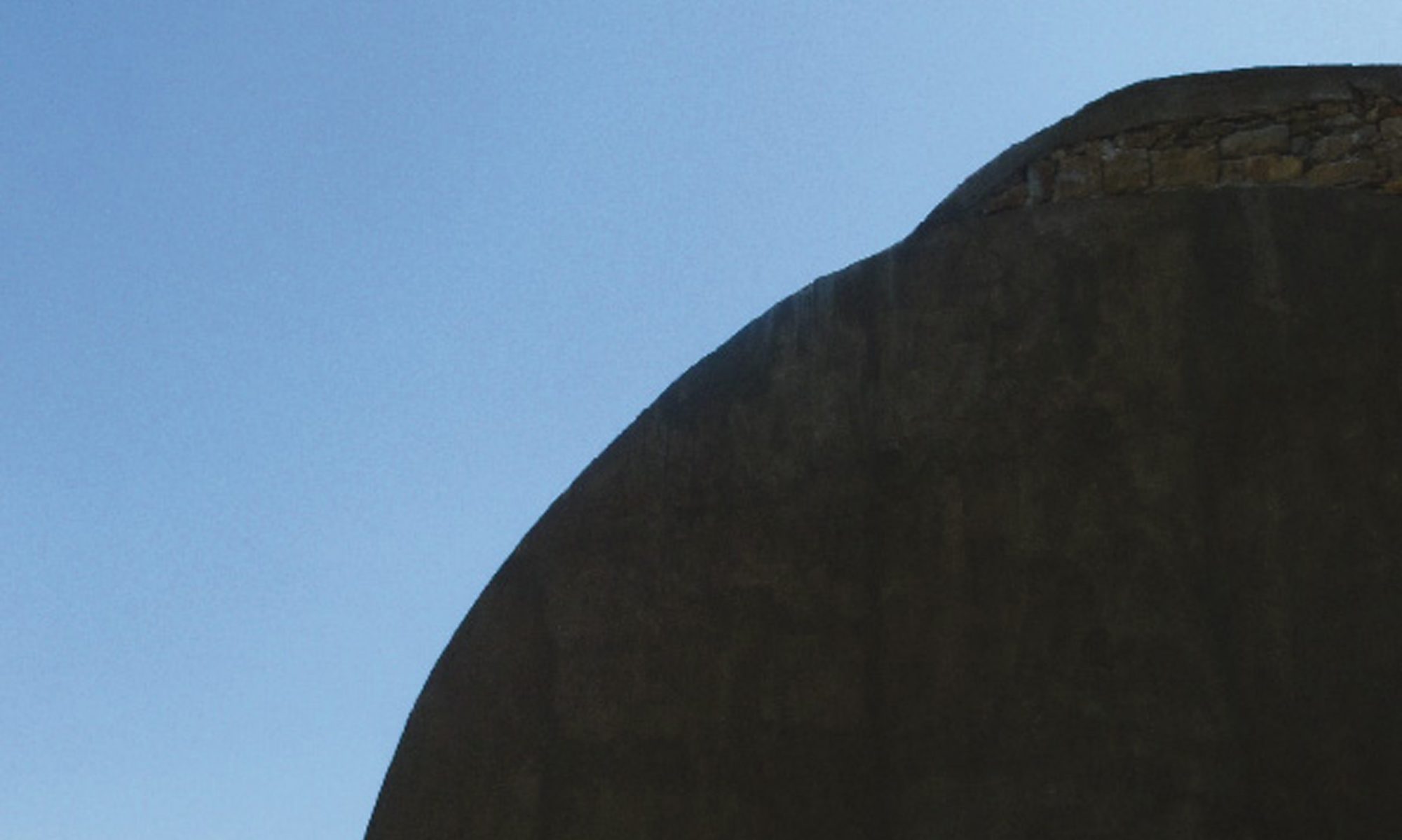CONSTRUE
20.06.2019 – 21.07.2019
Our society is defined by rationality. First a person trying to adapt his environment to his needs, purposeful action is essential. We design our actions to help us achieve goals we`ve set to ourselves: our actions thus deserve a purpose. We assume an intent behind every action, a cause behind every effect and behind every entity.
Daily life offers confirmation than reason is our sharpest and most precious tool. It underlies many of our decisions. At the same time, it makes the boundaries of the world we inhabit: for if rationality is an intrinsic principle of our thoughts and actions, then it`s not something we can escape or go beyond. Rationality constitutes a border between ourselves and entities that are potentially limitless. We need those borders, and we construct further ones in order to be able to take the measure of real and social space in all their dimensions.
Even when referring to the infinite, we don`t always look to images in an attempt to make graphic the unfathomable. But even these mental visualizations can do nothing more than point toward infinity. It`s therefore not a matter of crossing boundaries but rather of recognizing them and thereby sneaking a peek at the other side. Just as a color vision test doesn`t aim to teach the tested person what color vision is, but rather to to help her recognize the possibilities and limits of the own perception, these works play with the limits and possibilities of a spatial perception.
What spaces do I move in? What constitutes them? What spaces open and which close to me through the way I situate myself in space? What decisions underlie my perception of space? With a theoretically unlimited range of possible decisions, our actions too are always a reminder of boundaries and the entities that lie beyond them. Space is just a conceptually comprehensible infinity.
Anna-Maria Bogner
Translation: Anne Rosen
La nostra società è definita dalla razionalità. Per una persona che cerca di adattare le sue necessità all’ambiente, l’azione mirata è essenziale. Concepiamo le nostre azioni per raggiungere i nostri obiettivi: esse sono pertanto subordinate allo scopo. Immaginiamo che vi sia un intento dietro ogni azione, una causa dietro ogni effetto e dietro ogni entità. La vita quotidiana ci conferma che il raziocinio è il nostro strumento più valido e prezioso, che detta gran parte delle nostre decisioni. Allo stesso tempo, delimita il mondo in cui viviamo: perché, se la razionalità è un principio intrinseco ai nostri pensieri e azioni, allora non possiamo aggirarla o evitarla. La razionalità rappresenta il confine fra noi e le entità potenzialmente senza limiti. Abbiamo bisogno di questi confini, e ne costruiamo altri per poterci misurare con gli spazi reali e sociali, in tutte le loro dimensioni. Persino quando ci riferiamo all’infinito, quasi sempre cerchiamo immagini che possano definire l’imperscrutabile in modo quasi tangibile. Tuttavia queste visualizzazioni mentali non fanno altro che rimandare all’infinito. Perciò non si tratta di superare i confini ma di riconoscerli e di guardare oltre. Proprio come avviene in un test cromatico, il cui il fine non è impartire una lezione sui colori, bensì aiutare a identificare le possibilità e i limiti della propria percezione, queste opere giocano con i limiti e le possibilità della percezione spaziale. Quali sono gli quali spazi in cui mi muovo? Da cosa sono costituiti? Cosa si apre o si chiude davanti a me all’interno dello spazio che occupo? Quali decisioni scaturiscono dalla mia percezione dello spazio? Di fronte a una gamma teoricamente illimitata di decisioni possibili, le nostre azioni ci rammentano i limiti e le entità che esistono al di là delle stesse. Lo spazio è semplicemente un infinito concettualmente comprensibile.
Testo di Anna-Maria Bogner




